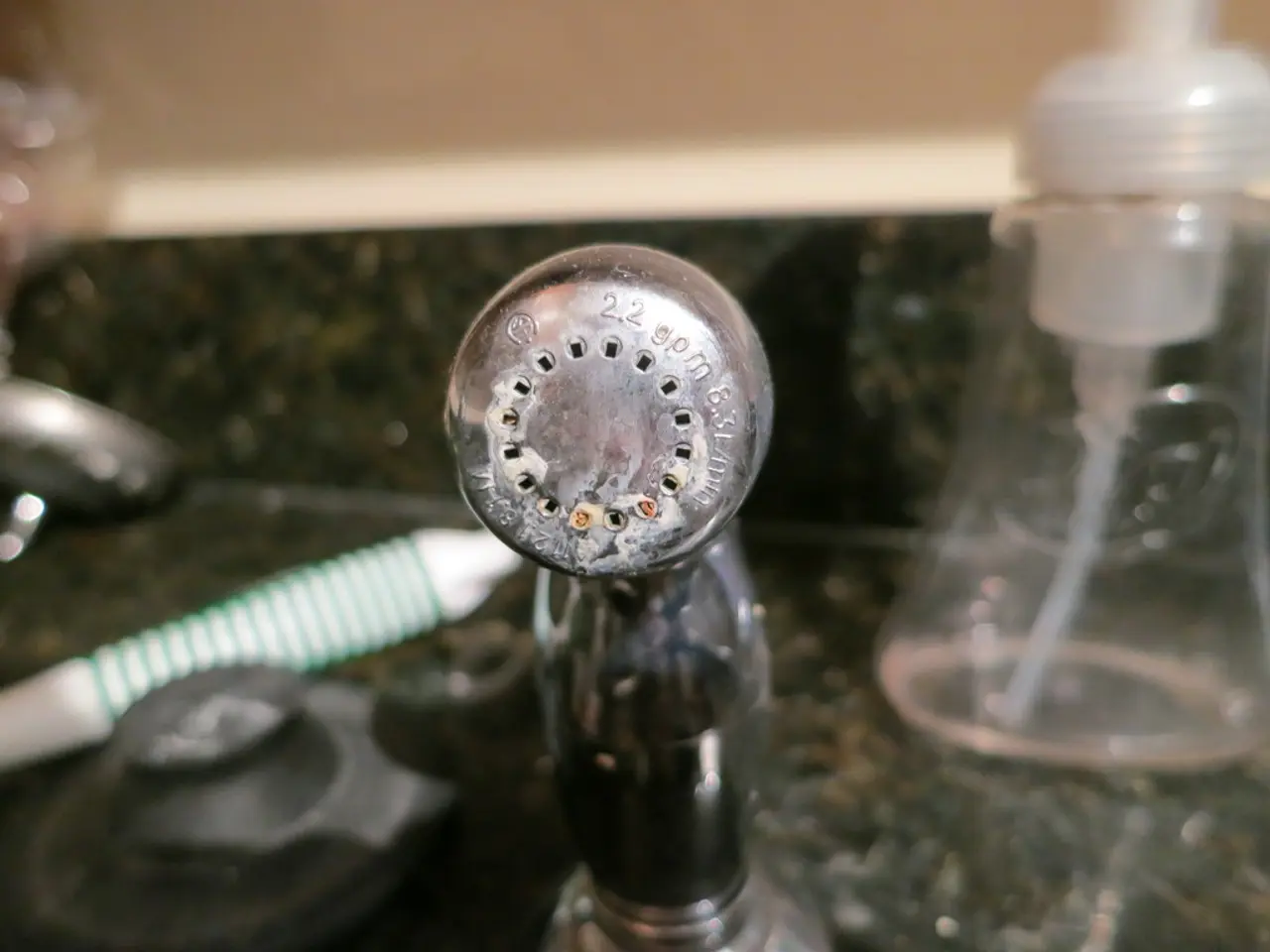Exploring the Harm Laryngopharyngeal Reflux Inflicts on the Vocal Cords
**News Article: Understanding Laryngopharyngeal Reflux Disorder (LPRD) and Its Associations**
Laryngopharyngeal reflux disorder (LPRD), also known as "silent reflux" or "airway reflux," is an inflammatory condition that affects the tissues of the upper aerodigestive tract. This condition, while often misunderstood, can have significant implications for one's health.
Treatment for LPRD often involves patient education and behavioural changes such as weight loss, smoking cessation, alcohol avoidance, and dietary modifications. However, long-term prescribed medications or other interventions may become ineffective for many people with LPR. The condition is difficult to diagnose and treat, with no gold standard for its diagnosis or treatment.
One of the unique characteristics of LPRD is that it does not typically include heartburn or regurgitation, unlike GERD. Instead, symptoms such as waking up in the middle of the night from a sound sleep, coughing, morning hoarseness, chronic intermittent hoarseness, increased phlegm or mucus in the throat, a sensation of a lump in the throat, excessive throat clearing, a chronic cough for more than two months, difficult swallowing, sore or burning throat, sour or bitter taste in the mouth, and these symptoms worsening in the morning and after eating food (especially spicy food) are common.
The exact mechanism of LPRD disease pathology is unknown and likely due to a combination of factors. One theory suggests that frequent and significant acid reflux can lead to GERD symptoms. The combination of hydrochloric acid, pepsin, and bile acids causes the most damage to the oesophageal lining.
Interestingly, LPRD has been associated with several other conditions. For instance, there is evidence suggesting that LPRD can contribute to symptoms similar to sinusitis, such as sinus congestion and post-nasal drip, even in the absence of a clear infection. While direct studies linking LPRD to sinusitis are not prominently outlined, the reflux of stomach contents into the upper aerodigestive tract can irritate the sinuses, potentially exacerbating sinusitis symptoms.
Similarly, the reflux of stomach contents into the upper aerodigestive tract could theoretically contribute to increased mucus production, which might indirectly affect Eustachian tube function and potentially impact otitis media incidence. However, there is no specific study directly linking LPRD to otitis media in the provided literature.
The relationship between LPRD and asthma is complex and requires more research for a definitive conclusion. There is some mention of asthma in the context of LPRD, particularly in studies focusing on allergic rhinitis. However, the current literature suggests that asthma's role in altering the association between allergic rhinitis (AR) and LPRD is not significant, at least in the context of the Sudanese study.
Regarding laryngeal cancer, there is no direct mention in the provided literature of a link between LPRD and laryngeal cancer. However, chronic inflammation and irritation from LPRD could theoretically contribute to the development of laryngeal abnormalities, but this connection would require further investigation to establish a causal relationship.
In surgery cases where the oesophageal sphincter muscles are affected, such as in the case of a hiatal hernia, surgery may be considered.
Medical management for LPR may include drugs like PPIs, H2 receptor antagonists, prokinetic agents, and alginates. However, proper lifestyle modifications and taking care of the throat and voice while it heals are essential for managing LPR.
In conclusion, while LPRD can contribute to symptoms overlapping with sinusitis and potentially affect otitis media indirectly, its direct association with laryngeal cancer is not documented in the provided resources. The relationship between LPRD and asthma is complex and requires more research for a definitive conclusion. Understanding these associations can aid in early diagnosis and effective management of LPRD.
- LPRD, often misconstrued, impacts one's overall health significantly.
- Weight loss, smoking cessation, and dietary modifications are part of LPRD treatment.
- Long-term medication for LPRD might become ineffective for many.
- LPRD diagnosis and treatment lack a gold standard.
- Heartburn and regurgitation are uncommon in LPRD.
- Waking up from sleep, coughing, and hoarseness are common LPRD symptoms.
- The mechanism of LPRD disease pathology remains unknown.
- Frequent acid reflux can potentially lead to GERD symptoms.
- LPRD might contribute to symptoms similar to sinusitis.
- LPRD could potentially affect Eustachian tube function and otitis media.
- The relationship between LPRD and asthma requires further research.
- In the Sudanese study, asthma's role in altering the association between allergic rhinitis (AR) and LPRD is insignificant.
- A link between LPRD and laryngeal cancer has yet to be established.
- Chronic inflammation from LPRD could theoretically contribute to laryngeal abnormalities.
- Surgery might be considered in cases where the esophageal sphincter muscles are affected.
- Medications like PPIs, H2 receptor antagonists, prokinetic agents, and alginates are used in the medical management of LPR.
- Lifestyle modifications and throat care are crucial in LPR management.
- LPRD might overlap with sinusitis symptoms but has no direct association with laryngeal cancer as per the provided resources.
- The connection between LPRD and asthma is complex and warrants further research.
- Understanding these associations can aid in early LPRD diagnosis and effective management.
- Science and medicine continue to strive for a better understanding of LPRD.
- Workplace wellness programs could include LPRD education and awareness.
- Chronic diseases like LPRD warrant more research into diagnostic and treatment methods.
- Cannabidiol (CBD) may have potential in managing LPRD symptoms due to its anti-inflammatory properties.
- Mental health is closely linked to physical conditions such as LPRD, and addressing mental health is essential in overall wellness.
- LPRD awareness is crucial for men who may be at higher risk due to unique physiological factors.
- Skin care is an important aspect of health and wellness, but it is not directly linked to LPRD.
- Therapies and treatments for chronic diseases like LPRD should consider the environmental factors contributing to their development, such as climate change.
- Climate change impacts not only the environment but also human health, such as respiratory and digestive health.
- Health care finance, including Medicare, plays a crucial role in the diagnosis and treatment of LPRD.



![Top 14 Credit Cards Ideal for Families [Year 2025]](/en/content/images/size/w1280/format/webp/20250719035933_best-credit-cards-for.jpeg)
